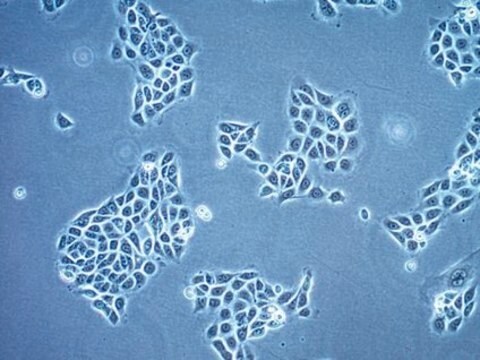94072246
RPMI 7932 cell line
94072246, human lung effusion, Epithelial-like morphology
About This Item
Recommended Products
Product Name
RPMI 7932 cell line,
biological source
human lung (effusion)
form
liquid
packaging
tube of 5 μg 94072246-DNA-5UG
pkg of vial of cells 94072246-1VL
growth mode
Adherent
karyotype
Not specified
morphology
Epithelial-like
products
Plasminogen activator
receptors
Not specified
technique(s)
cell culture | mammalian: suitable
relevant disease(s)
cancer
Cell Line Origin
Cell Line Description
Application
Packaging
Culture Medium
Subculture Routine
Other Notes
Disclaimer
Storage Class Code
10 - Combustible liquids
WGK
WGK 3
Flash Point(F)
Not applicable
Flash Point(C)
Not applicable
Choose from one of the most recent versions:
Certificates of Analysis (COA)
It looks like we've run into a problem, but you can still download Certificates of Analysis from our Documents section.
If you need assistance, please contact Customer Support.
Already Own This Product?
Find documentation for the products that you have recently purchased in the Document Library.
Our team of scientists has experience in all areas of research including Life Science, Material Science, Chemical Synthesis, Chromatography, Analytical and many others.
Contact Technical Service






